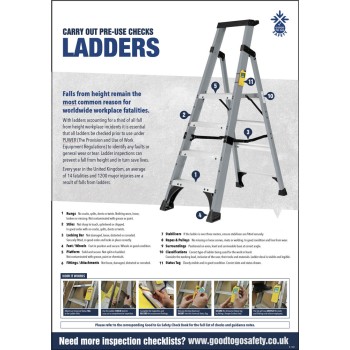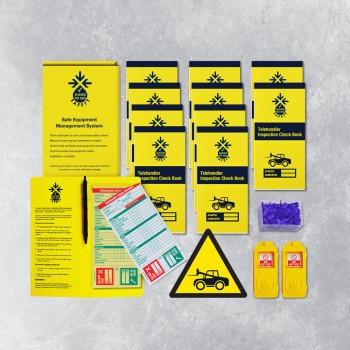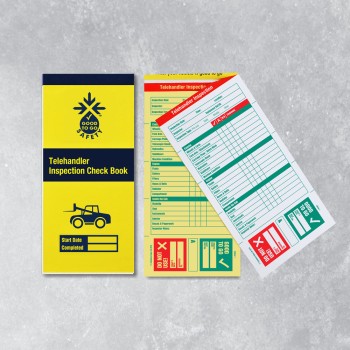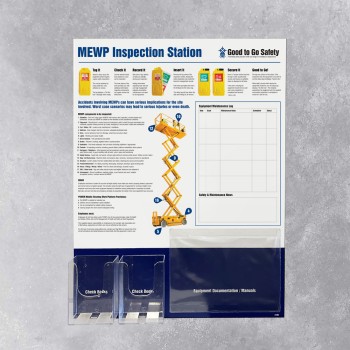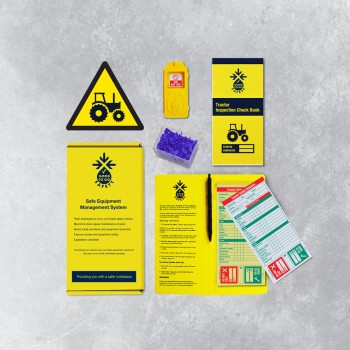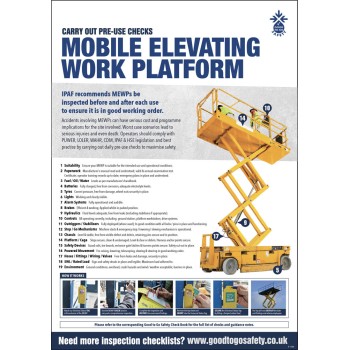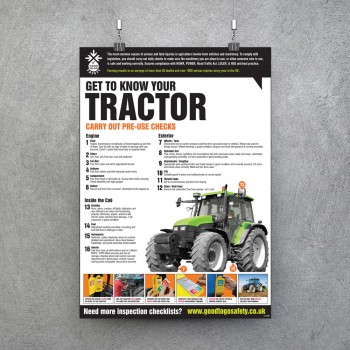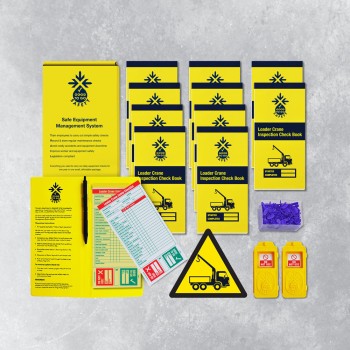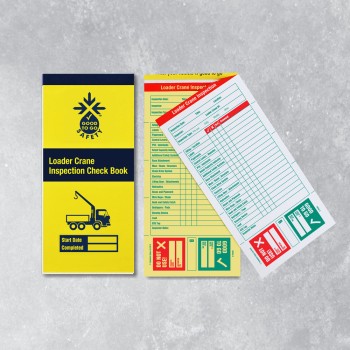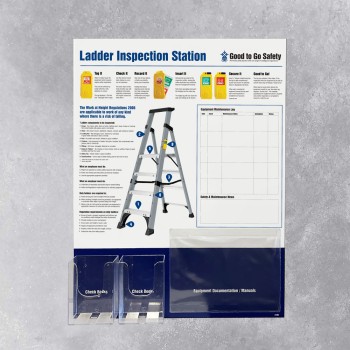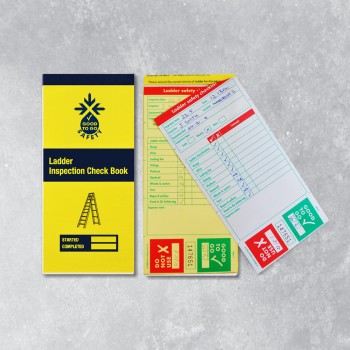A farm has been fined £60,000 following the death of a 43-year-old father-of-three who was electrocuted on the 13th May 2021 by a power line.
Patrick Rice was unloading stone when the hydraulic arm of the dumper truck came into contact with 11kV overhead power lines at VB Farms LLP's in Devon.
A Health and Safety Executive (HSE) investigation into the incident found VB Farms LLP failed to carry out an assessment of how the work could be completed safely and did not consider the dangers involved with working near an overhead power line.
Accidental contact with live overhead power lines kill and cause many serious injuries every year, additionally getting too close to an overhead power line can result in a deadly flashover.
Overhead power lines typically carry electricity at voltages similar to the 11 kV in this case, but can go up to 400 kV. You should not assume that lines on wooden poles are telephone wires.
No matter what industry you work in, preparation is key to eliminating / reducing dangers. VB Farms LLP could have eliminated the danger by:
1. Avoidance – find out if the work really has to be carried out under or near overhead lines, and can't be done somewhere else;
2. Diversion – arrange for overhead lines to be diverted away from the work area; or Isolation – arrange for lines to be made dead while the work is being carried out.
If work beneath a live overhead power line cannot be avoided, barriers, goal posts and warning notices should be provided to remind workers of the dangers. Highlighting the area with suitable signs, cones etc could have stopped Patrick Rice from raising the hydraulic arm and in turn, saved his life.
In the farming, forestry and agriculture sector, equipment such as combines, sprayer booms, telehandlers, dumper trucks, front loaders, tractors, ladders, Mobile Elevated Work Platforms (scissor lifts, MEWP's), lorry loader cranes (such as Hiabs) are high risk to flashovers or direct contact with power lines. Britain’s workplace regulator is also concerned about a nationwide trend of farm machinery getting bigger, increasing the risk of contact with power lines.
Safety inspections, preparation and precautions depend on the nature of the work involved but is essential even when work near the line is of short duration.
After identifying and assessing the risks you need to make sure anyone working near overhead power lines are provided with locations and information about the hazards, the risks and the precautions to follow, including what to do if they contact the line.
It is also advisable to remind workers that electricity can bypass wood, plastic or rubber if it is damp or dirty. Workers should not rely solely on gloves or rubber boots to protect them.
Contractors and temporary staff are at an increased level of risk, therefore discussions should be carried out to ensure they know where the lines are and agree with them the precautions they need to take before carrying out any work.
HSE inspector James Collins was reported to have said: “This was a tragic and wholly avoidable incident – another sad reminder of the dangers of overhead power lines. Patrick's death could easily have been prevented if VB Farms LLP had managed the risks involved and put in place a safe system of work.”
To read the full HSE press release: click here.
Here at Good to Go Safety and TakeAIM, we believe that not only risk assessments are essential, but that providing your employees with as many opportunities to determine whether their next activity is safe is vitally important.
That's why TakeAIM and Good to Go Safety provide a range of tools to help businesses achieve safer workplace environments. Our paper / digital inspections enable employees to check numerous safety elements in regards to their workplace equipment (telehandlers, dumper trucks, front loaders, tractors, ladders, mobile elevated work platforms, lorry loaders and much more) along with ensuring the surrounding area is suitable and safe - to find out more click here.
Patrick Rice was unloading stone when the hydraulic arm of the dumper truck came into contact with 11kV overhead power lines at VB Farms LLP's in Devon.
A Health and Safety Executive (HSE) investigation into the incident found VB Farms LLP failed to carry out an assessment of how the work could be completed safely and did not consider the dangers involved with working near an overhead power line.
Accidental contact with live overhead power lines kill and cause many serious injuries every year, additionally getting too close to an overhead power line can result in a deadly flashover.
Overhead power lines typically carry electricity at voltages similar to the 11 kV in this case, but can go up to 400 kV. You should not assume that lines on wooden poles are telephone wires.
No matter what industry you work in, preparation is key to eliminating / reducing dangers. VB Farms LLP could have eliminated the danger by:
1. Avoidance – find out if the work really has to be carried out under or near overhead lines, and can't be done somewhere else;
2. Diversion – arrange for overhead lines to be diverted away from the work area; or Isolation – arrange for lines to be made dead while the work is being carried out.
If work beneath a live overhead power line cannot be avoided, barriers, goal posts and warning notices should be provided to remind workers of the dangers. Highlighting the area with suitable signs, cones etc could have stopped Patrick Rice from raising the hydraulic arm and in turn, saved his life.
In the farming, forestry and agriculture sector, equipment such as combines, sprayer booms, telehandlers, dumper trucks, front loaders, tractors, ladders, Mobile Elevated Work Platforms (scissor lifts, MEWP's), lorry loader cranes (such as Hiabs) are high risk to flashovers or direct contact with power lines. Britain’s workplace regulator is also concerned about a nationwide trend of farm machinery getting bigger, increasing the risk of contact with power lines.
Safety inspections, preparation and precautions depend on the nature of the work involved but is essential even when work near the line is of short duration.
After identifying and assessing the risks you need to make sure anyone working near overhead power lines are provided with locations and information about the hazards, the risks and the precautions to follow, including what to do if they contact the line.
It is also advisable to remind workers that electricity can bypass wood, plastic or rubber if it is damp or dirty. Workers should not rely solely on gloves or rubber boots to protect them.
Contractors and temporary staff are at an increased level of risk, therefore discussions should be carried out to ensure they know where the lines are and agree with them the precautions they need to take before carrying out any work.
HSE inspector James Collins was reported to have said: “This was a tragic and wholly avoidable incident – another sad reminder of the dangers of overhead power lines. Patrick's death could easily have been prevented if VB Farms LLP had managed the risks involved and put in place a safe system of work.”
To read the full HSE press release: click here.
Here at Good to Go Safety and TakeAIM, we believe that not only risk assessments are essential, but that providing your employees with as many opportunities to determine whether their next activity is safe is vitally important.
That's why TakeAIM and Good to Go Safety provide a range of tools to help businesses achieve safer workplace environments. Our paper / digital inspections enable employees to check numerous safety elements in regards to their workplace equipment (telehandlers, dumper trucks, front loaders, tractors, ladders, mobile elevated work platforms, lorry loaders and much more) along with ensuring the surrounding area is suitable and safe - to find out more click here.



